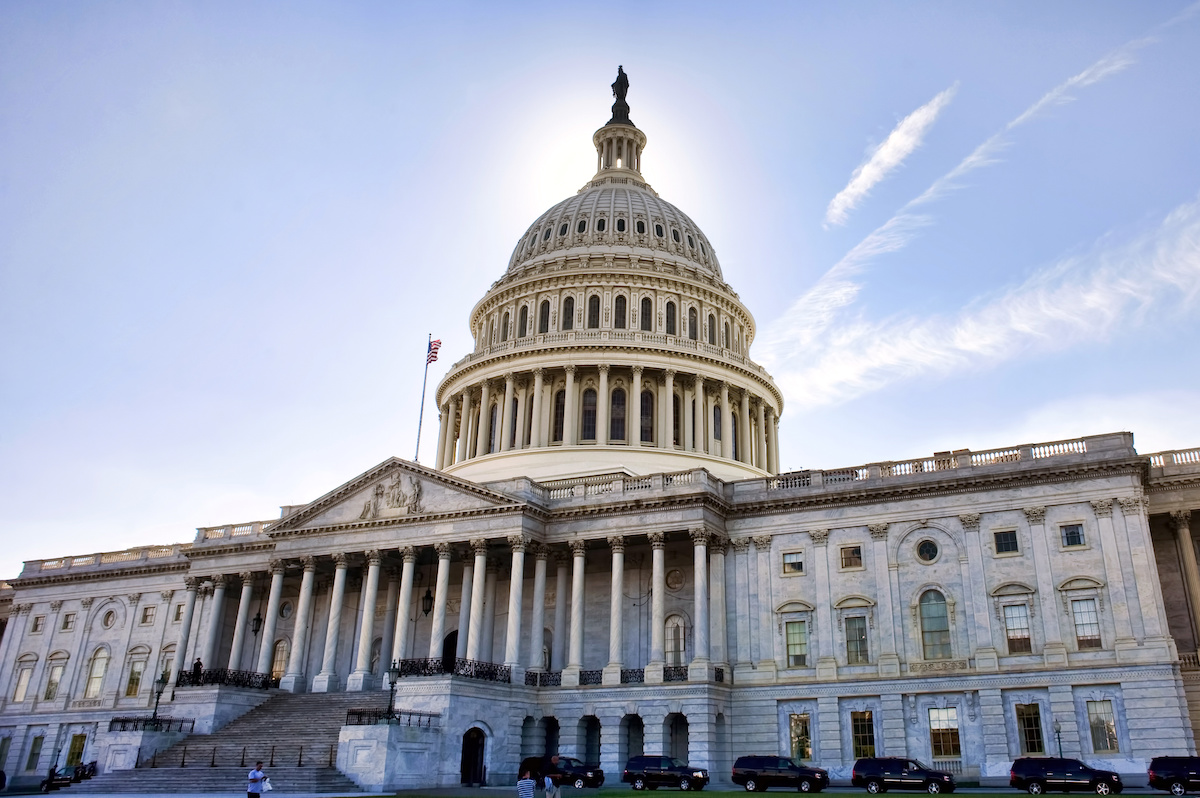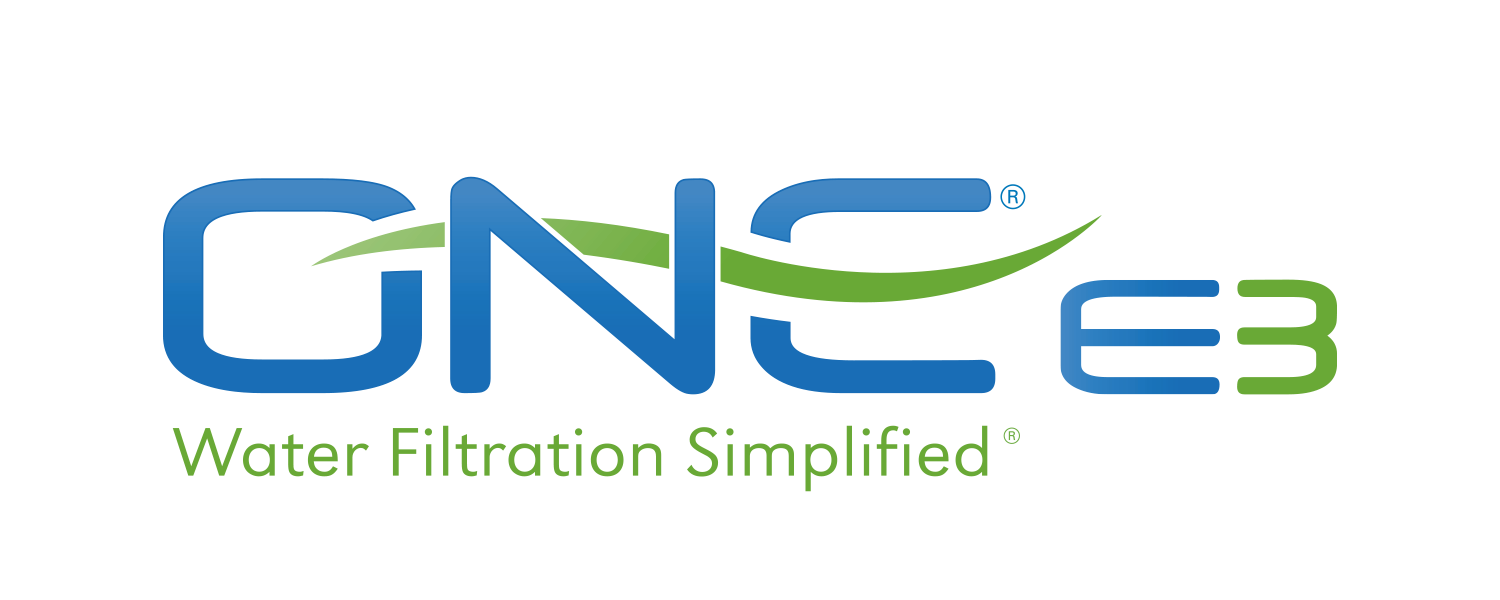The state of Michigan is no stranger to water problems and the vast challenges and health risks they pose. As a result of the state’s experience with both lead contamination and, more recently, PFAS contamination, Michigan has been at the forefront of the PFAS conversation—helping to call attention to an issue that is affecting water quality nationwide.
Paula Gardner, who covers environmental news and policy in Michigan for MLive, has reported extensively about PFAS water contamination over the past year. Gardner has both documented the many occurrences of PFAS contamination throughout the state of Michigan, and written about how the issue is being discussed and addressed on a broader scale—by state agencies, Congress, the EPA, and independent investigations.
Most recently, Gardner has reported on efforts in Congress to address the impact PFAS are having on drinking water across the United States. Here are a couple of notable new developments…
Congress aims to launch a PFAS task force
The task force would educate members of Congress, increase awareness about the chemicals, craft legislation to address PFAS, and fight for more federal funding to clean up PFAS contamination. In this article, Gardner quotes U.S. Representative Dan Kildee as saying: “Each week, more PFAS chemical contamination sites are being identified across the country. Hundreds of communities are already affected by this growing public health threat, and Congress must do more to address PFAS contamination”
Congress introduces the PFAS Action Act
This proposed bill aims to designate all per- and poly-fluorinated chemicals as “hazardous substances”. That would give the EPA the ability to clean up PFAS contamination using federal funding. David Andrews, senior scientist at the Environmental Working Group, is quoted in this article saying that the bill would trigger reporting requirements, enable cleanup of contaminated sites, allow EPA to recover clean-up costs from polluters, and push the EPA and states to move forward on setting remediation levels,”
Increasing Protections from PFAS Contamination
Currently, the EPA offers only a “health advisory” that lifetime exposure to PFOA and PFOS from drinking water be limited to 70 parts per trillion. Health advisories are for informational purposes only and are non-enforceable. But with increasing reports of PFAS water contamination, and the potential health risks of exposure, many are calling for greater regulations and a lower limit.



